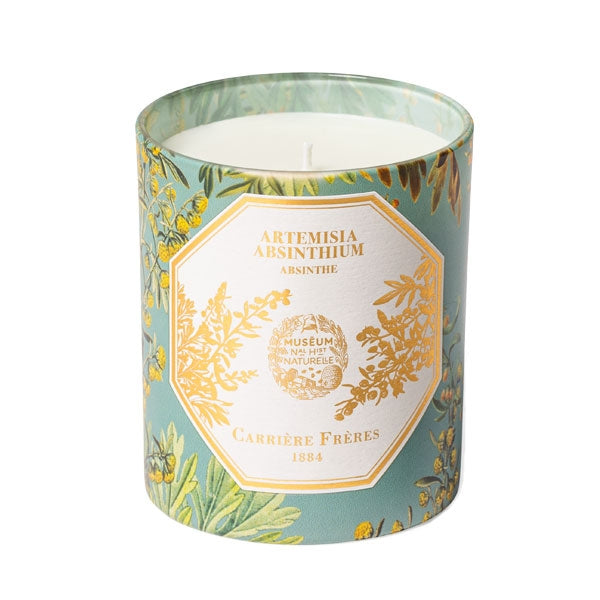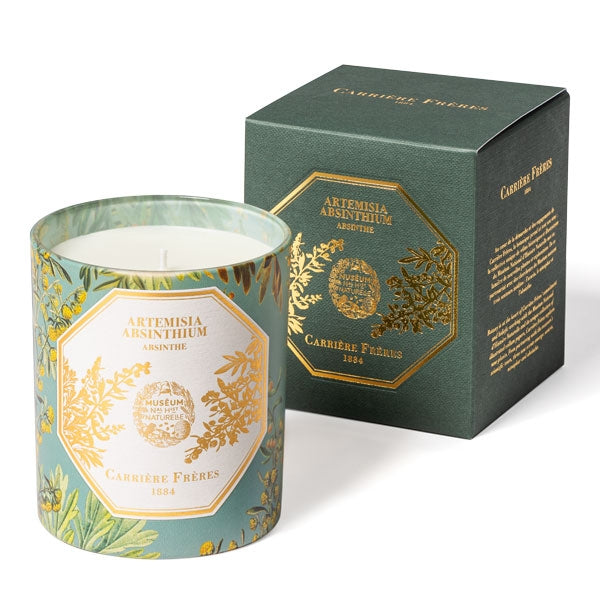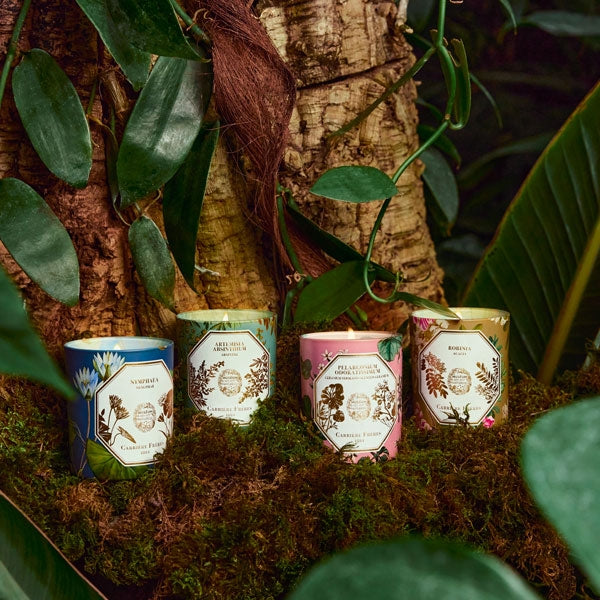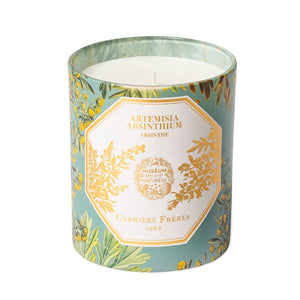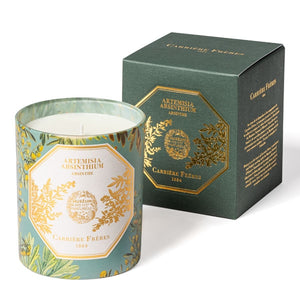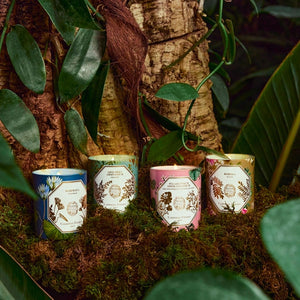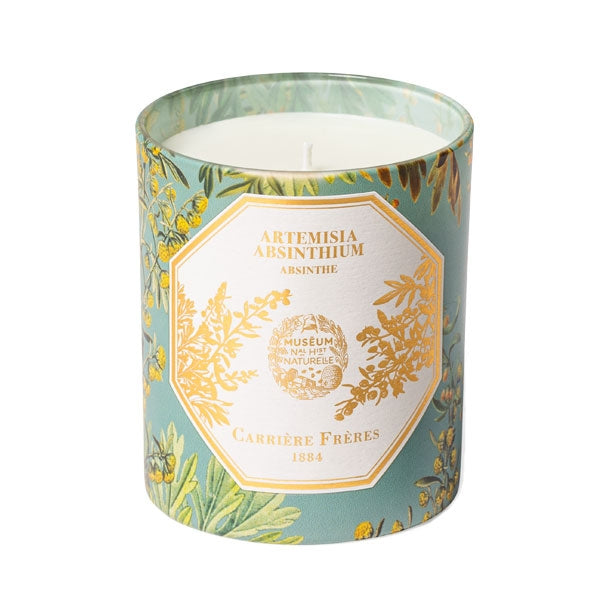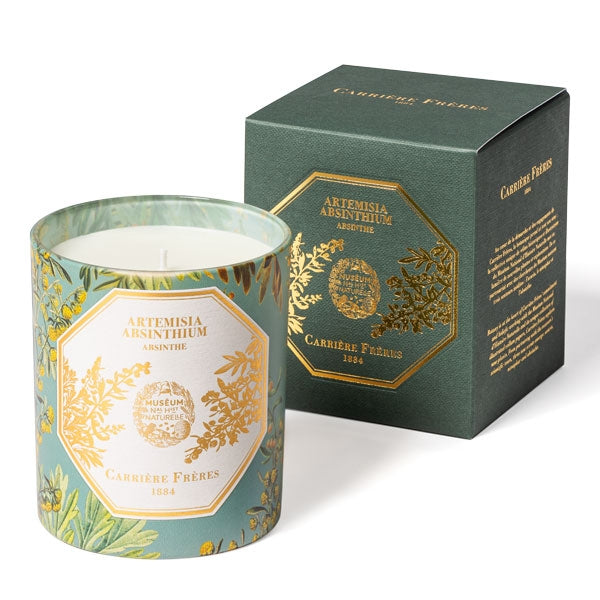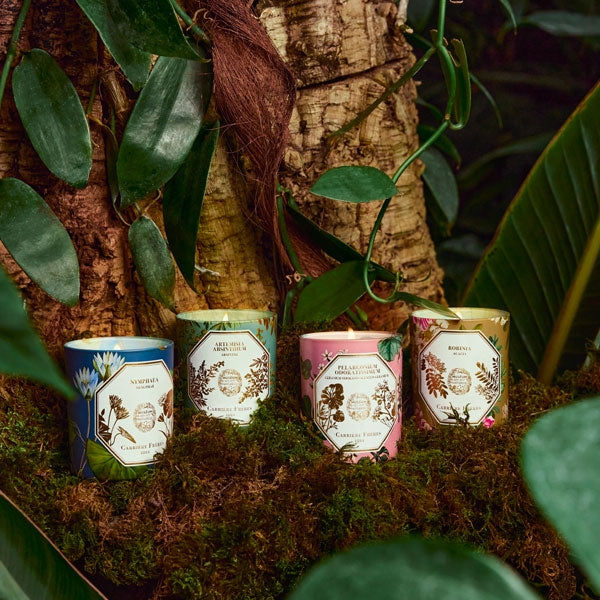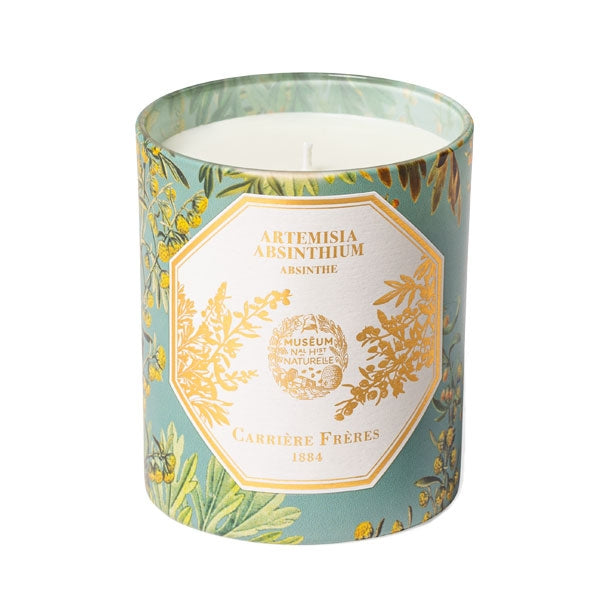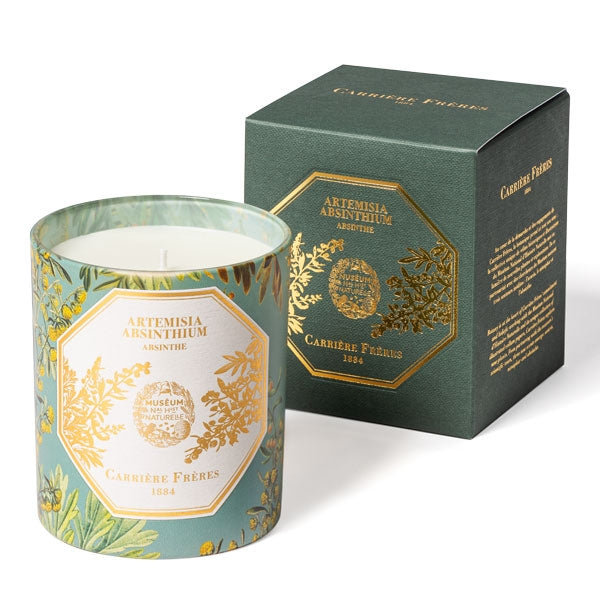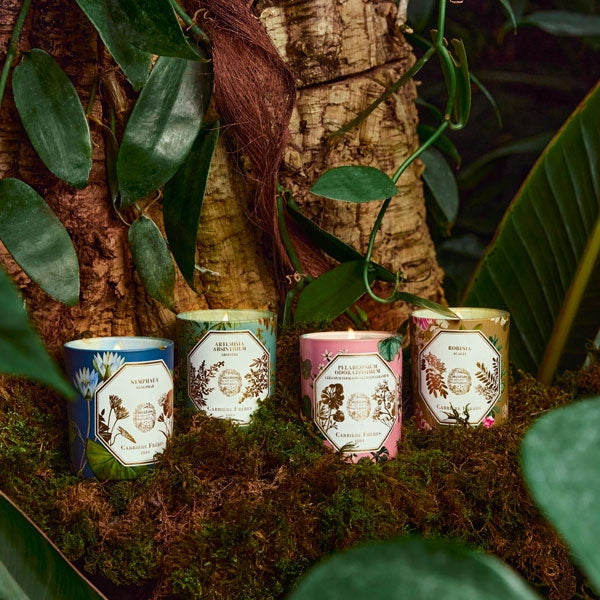Absinthe
A plant with stimulating properties and an intense herbal aroma, with green, fragrant notes that are softened by a woody base note.
Origin
Absinthe or common wormwood (Artemisia absinthium L.) is a perennial shrub native to the continental, temperate zones of Europe, Asia and North Africa. Its medicinal use has been known since ancient times and was recorded in ancient Egypt in the Ebers Papyrus (between 1600 and 1500 BC); Later, Pythagoras (570–490 BC) and Hippocrates (460–377 BC) wrote about absinthe alcohol and its stimulating effect on human health and creativity. The ancient Greeks drank wine made from absinthe extract, and in the 18th century, the public was able to taste absinthe distilled with green anise and fennel. Absinthe, also known as ‘the alcohol that drives you mad’, was reputed to have creative powers. Before it was banned, it was the infamous muse that inspired writers Émile Zola and Paul Verlaine, as well as painters Vincent van Gogh and Edgar Degas.
Perfume
An aromatic, green fragrance. It is strong, green and herbal. Green notes of galbanum and petitgrain blend with the aniseed scent of absinthe absolute, supported by basil and mint. A woody base note rounds off this fragrant, green bouquet.
Coloured illustrations of 19th-century botanical plates appear through the matt, grey-tinted glass. In the centre of the octagonal label is a collection of absinthe flowers in gold embossing.
100% vegetable wax. 50% European organic rapeseed.
Burn time: 40 to 45 hours

